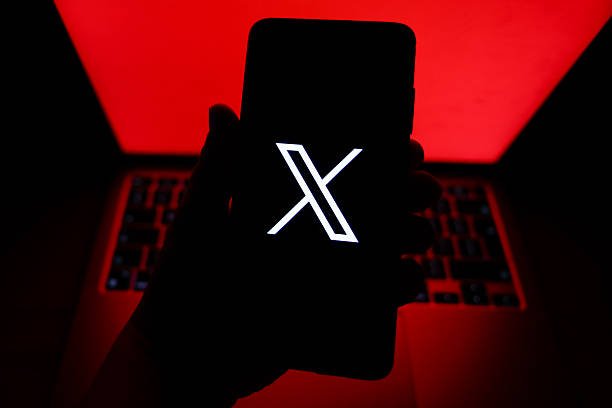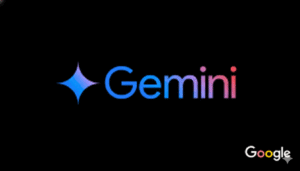YouTube has reached a massive milestone, marking over 20 billion videos uploaded to its platform since it first launched two decades ago. What started as a small idea during a casual dinner gathering has now grown into one of the biggest digital platforms in the world. In just 20 years, YouTube has completely transformed how people consume content, making video sharing a normal part of daily life.
The idea for YouTube came in 2005 when three friends and former PayPal employees—Steve Chen, Chad Hurley, and Jawed Karim—decided to create a space where anyone could upload and share videos online. The site officially launched on Valentine’s Day that year. Just two months later, the first-ever video, titled Me at the Zoo, was uploaded by Karim. The short 19-second clip was simple, yet it marked the beginning of a platform that now receives about 20 million new video uploads every single day.
Over the years, YouTube has grown beyond expectations. It now offers everything from music videos and educational content to political ads, tutorials, vlogs, and full-length documentaries. According to analysts, YouTube is the top video platform worldwide when it comes to viewer time and ad earnings. It reached over 2.5 billion global users last year and currently has 100 million subscribers for its premium and music services.
Experts say YouTube is expected to surpass all US cable TV networks in paid subscribers within the next two years. People are already spending more than one billion hours daily watching YouTube content on their TVs alone. Google plans to enhance the TV viewing experience this summer with better features and improved video quality.
The journey from a simple website for funny and personal clips to a serious rival of major entertainment companies like Disney and Netflix is something few could have predicted. But YouTube did just that.
A big turning point came when Google bought YouTube in 2006 for $1.65 billion in stock. This deal allowed YouTube to combine its growing audience with Google’s powerful advertising and search tools. As the platform expanded, YouTube tackled copyright issues and content control, improving the platform’s safety and quality for all users.
Even though it faced criticism in the past for questionable content recommendations, YouTube has made strong progress in protecting younger viewers and making the platform more responsible. Today, it not only competes with giants like Netflix, Amazon Prime, and Disney+ but also with rising short-video platforms like TikTok and Instagram Reels.
The rise of YouTube is a clear sign of how fast the digital world changes—and how one simple idea can grow into a global media powerhouse.






















